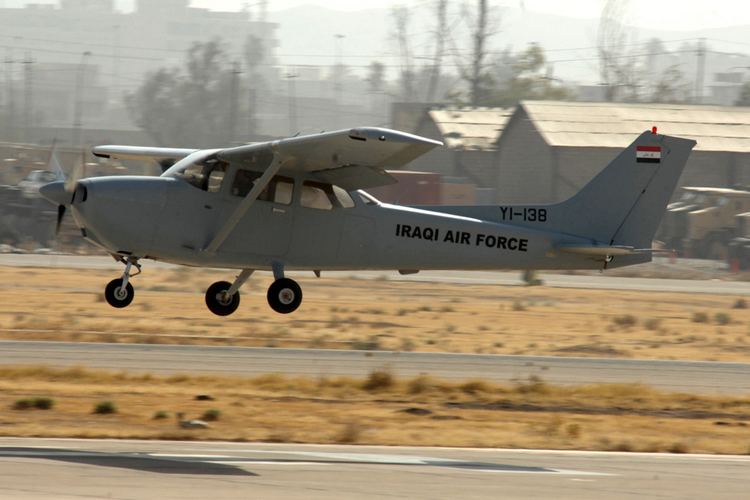A class rating is an allowance to fly a certain group of aircraft that require training common to all aircraft within the group. A type rating is specified if a particular aircraft requires additional specialized training beyond the scope of initial license and aircraft class training. What aircraft require a type rating is decided by the local aviation authority. Almost all single engine piston (SEP) or multi engine piston (MEP) single pilot aircraft can be flown without a type rating, but are covered by a class rating instead. An exception to this under European Aviation Safety Agency (EASA) regulations is the piston version of the Piper Malibu.
There are seven categories of aircraft, which may be further subdivided into two or more classes:
airplane categorysingle-engine land classmulti-engine land classMulti-engine class aircraft are more commonly known as "multis," and their pilots are called "multi pilots" or "multi-engine pilots."Pilots of larger multi-engine aircraft are sometimes called transport pilots, although mostly in the realm of military aviation (see the article on military transport aircraft). The term transport pilot can be ambiguous in civil aviation, since the Airline Transport Pilot License is a very specific civil qualification.single-engine sea class - Pilots of all sea class aircraft are usually called "seaplane pilots" or "float-plane pilots"multi-engine sea classrotorcraft categoryhelicopter classgyroplane classpowered lift categoryglider categorylighter than air categoryairship classballoon classpowered parachute categorypowered parachute land classpowered parachute sea classweight-shift-control aircraft categoryweight-shift-control aircraft land classweight-shift-control aircraft sea class
